
E-mail: font@focusonnature.com
Phone: Toll-free in USA 1-888-721-3555
or 302/529-1876
 |
PO
Box 9021, Wilmington, DE 19809, USA E-mail: font@focusonnature.com Phone: Toll-free in USA 1-888-721-3555 or 302/529-1876 |
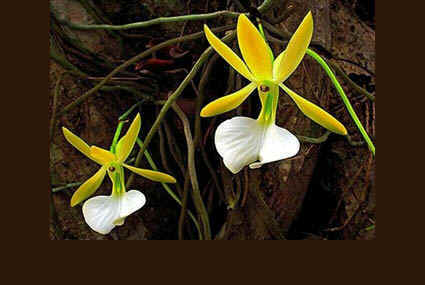 Tropical Plants
Tropical Plants
in the
West Indies
of the
Caribbean
with those during
Focus On Nature Tours
thru 2015
noted with an (*)
during tours in the months of
January, February, March, April,
May, July, November, and December
The following list of
Caribbean plants compiled by Armas Hill
Photo at upper right:
The Ghost Orchid, DENDROPHYLAX FAWCETTI is
found only on Grand Cayman Island. It flowers for about 2 weeks between April
and June.
It grows mainly on 6 acres in the Ironwood forest in Georgetown. A small number
have been transplanted to the Queen Elizabeth II Botanical Garden, where we've
seen it during FONT tours.
FONT nature tours on West Indian
islands in the Caribbean have been in the Cayman Islands, the Dominican Republic
and Haiti, Jamaica, Puerto Rico, and in the Lesser Antilles in Antigua,
Barbados, Barbuda, Dominica, Guadeloupe, Saint Lucia, and Saint Vincent.
In the list that follows, below the scientific names are names in English and Spanish
(S).
The families in the list are given (mostly) in alphabetical order, and genera
within them are given alphabetically as well.
Families that are "break-offs" from other families follow them,
may be out of alphabetical order.
Links to Plant Families in this List:
AGAVACEAE - Agave & Yucca (was said to be in the Lily Family - LILIACEAE) also NOLINACEAE
AIZOACEAE - Fig-marigold, or Carpetweed ALISMATACEAE - Water-plantains
AMARANTHACEAE (closely related to CHENOPODIACEAE - the Goosefoots)
ANACARDIACEAE - Sumacs ANNONACEAE - Custard Apples APIACEAE - Parsley, or Celery family
APOCYNACEAE - Dogbanes
APODANTHACEAE (some endoparasitic herbs) ARACEAE - Aroids
ARALIACEAE - Aralias ARECACEAE,
was PALMAE - Palms
ARISTOLOCHIACEAE -
Bladderwort, Birthwort, or Pipevines
ASCLEPIADACEAE - Milkweeds
ASTERACEAE.
COMPOSITAE - Aster &
Sunflower
ATHYRIACEAE - Lady Ferns
BALSAMINACEAE -
Touch-me-not
BASELLACEAE (a family of herbaceous plants) BATACEAE - Pickleweed
BIGNONIACEAE - Bignonias, Trumpet Creepers BIXACEAE - Achiote, or Annato Plants
BORAGINACEAE - Borages BRASSICADEAE - Mustards (formerly CRUCIFERAE)
BROMELIACEAE - Bromeliads BURSERACEAE - Torchwoods, or Incense Trees
BUXACEAE - Box family
CACTACEAE
- Cacti
CALOPHYLLACEAE (previously in the CLUSIACEAE, or GUTTIFERAE
family)
CAMPANULACEAE - Bellflowers CANELLACEAE CANNABACEAE - Canna (now includes ULMACEAE)
CAPPARACEAE - Capers CARICACEAE - Papaya Plants CELASTRACEAE - Bittersweet, or Staff-vine
CHENOPODIACEAE - Goosefoot Family CHRYSOBALANACEAE CLUSIACEAE - Clusias
COMBRETACEAE - Bush Willows, Combretums, Almond
COMMELINACEAE - Dayflowers, or Spiderworts
CONVOLVULACEAE - Morning Glories
COSTACEAE - Costus Family (inc Spiral Gingers) CRASSULACEAE - Stonecrop, or Orpine Family
CUCURBITACEAE - Gourd, or Cucumbers CUPRESSACEAE - Cypress, Juniper DENNSTAEDTIACEAE - Ferns
DILLENIACEAE - Rose Apples DIOSCOREACEAE - Yam ERYTHROXYLACEAE - Coca family
FABACEAE - Legume,
or Pea or Bean Family (includes CAESALPINIOIDEAE, the Carob Plants, and
MIMOSOIDEAE, the Mimosa Plants)
GENTIANACEAE - Gentians
GESNERIACEAE GOODENIACEAE - Fan-flowers
LAMIACEAE, or LABIATAE - Mints LAURACEAE - Laurel LECYTHIDACEAE - Brazil Nut plants and allies
LILIACEAE - Lilies
(including what was in AMARYLLIDACEAE, the Amaryllis
Family)
LORANTHACEAE - Mistletoes LYTHRACEAE - Loosestrifes
MAGNOLIACEAE - Magnolias
MALPIGHIACEAE MALVACEAE -
Mallows (includes BOMBACACEAE, the Cotton Tree Plants)
MARANTACEAE - Arrowroot, or Prayer-plant Family MELASTOMATACEAE - Melastomes
MELIACEAE - Mahogany MENISPERMACEAE MORACEAE - Mulberry plants
MUSACEAE - Banana plants, Heliconias MYRICACEAE - Wax-myrtle MYRSINACEAE - Myrsine
MYRISTICA - Nutmeg MYRTACAE - Myrtles NYCTAGINACEAE - Four O' Clocks
NYMPHAEACEAE - Water Lilies OLACACEAE OLEACEAE - Olive, Jasmine
ONAGRACEAE - Willowherb, Evening Primrose ORCHIDACEAE - Orchids PAPAVERACEAE - Poppies
PASSIFLORACEAE - Passionflowers PHYTOLACCACEAE - Pokeweed PINACEAE - Pines
PIPERACEAE - Pepper PLANTAGINACEAE - Plantains (not related to the Banana)
POACEAE (or GRAMINEAE) - Grasses
POLEMONIACEAE - Phloxes POLYGALACEAE - Milkworts
POLYGONACEAE - Buckwheats POLYPODIACEAE - Polypod Ferns
PONTEDERIACEAE - Water Hyacinth, Pickerel-weed
PORTULACACEAE - Purslanes
PRIMULACEAE - Primrose PROTEACEAE - Macadamia and allies
PSILOTACEAE - fern-like plants (without roots and true leaves)
RHAMNACEE - Buckthorns
RHIZOPHORACEAE - Mangroves and allies
ROSACEAE - Rose RUBIACEAE - Madders
RUPPIACEAE - Ditch Grass RUTACEAE - Citrus SALICACEAE - Willows
SANTALACEAE - Sandalwoods (includes VISCACEAE, Mistletoes) SAPINDACEAE - Soapberry family
SAPOTACEAE - Sapote plants SCROPHULARIACEAE - Snapdragons, or Figworts SIMAROUBACEAE
SMILACACEAE - Greenbrier
Family SOLANACEAE - Nightshades
STERCULIACEAE - Cacao plants
STRELITZIACEAE includes
Bird of Paradise SURIANACEAE
THYMELACEAE - Daphne
TURNERACEAE (included in PASSIFLORACEAE) TYPHACEAE - Cattail URTICACEAE - Nettles
VERBENACEAE - Vervains, Verbanas VITACEAE - Grape ZAMIACEAE - Cone-palm Ferns
ZINGIBERACEAE - Ginger ZYGOPHYLLACEAE - Caltrop
AN ALPHABETICAL DIRECTORY OF PLANT GENERA IN THIS WEBSITE NOTING FAMILIES
A
Photo Gallery of Plants during a FONT Tour in the Dominican Republic
with some of the photographed
plants not identified. If you can ID any, we'd greatly
appreciate.
Codes:
Categorized
as a tree: (T) as a shrub, or bush: (S) as a wildflower:
(W)
BR: in Brazil BZ:
in Belize CR: in Costa
Rica CY: in the Cayman
Islands DR: in the Dominican
Republic
EC: in
Ecuador GU: in Guatemala JM: in
Jamaica MX: in Mexico
PN: Panama PR: Puerto Rico
(ph): species with a photo in the FONT web-site
In this list, Spanish names follow the letter S:
Portuguese names follow the letter P:
Other Links:
Information about
Upcoming FONT Birding & Nature Tours:
in the Caribbean in
Central America in
South America (Brazil and Ecuador)
or by month in: 2015
2016 or:
by geographic locations worldwide
Lists and Photo Galleries in this Website of Other Nature:
Birds in: the Caribbean Central America South America (Brazil) South America (Ecuador)
A list and Photo Gallery of Hummingbirds in 2 parts
Mammals: the Caribbean Central America South America
Butterflies
and Moths in: the
Caribbean
Central America
South America
Other Lists and Photo Galleries in this website relating to
Plants:
Wildflowers & Other Plants in Texas Wildflowers & Other Plants in Eastern North America
Desert Plants of the Southwest US & northern Mexico
Tropical Plants of the Americas (a list in 3 parts) Orchids of the Americas
Links to Other Lists & Photo Galleries of Plants Directory of Photos in this Website
![]()
Books that have been sources for this list include:
"Aves Brasileiras e Plantas que as Atraem" by Johan Dalgas
Frisch and Christian Dalgas Frisch, 2005
"Botanica's Pocket Orchids" by various authors, 2007
(with over 1200 species listed)
"Brazil, Amazon and Pantanal - the Ecotraveler's Wildlife Guide"
by David Pearson and Les Beletsky, 2002
"The Butterflies of Hispaniola" by Albert Schwartz, 1989.
"Fruits and Vegetables of the Caribbean" by M Bourne, G. Lennox and
S. Seddon, 2006
"Hispaniola" by Eladio Fernandez, 2007
"Hummingbirds, a Life-size Guide to Every Species" by Michael
Fogden, Marianne Taylor, and Sheri Williamson, 2014
"A Naturalist in Costa Rica" by Alexander Skutch, 1971
"Threatened Plants of the Cayman Islands - the Red List" by
Frederic Burton, 2008.
"Tropical Plants of the World" by Jens Rohwer, 2002
A List of
Tropical Plants
of the Americas:
Family
ACANTHACEAE (Acanthus)
Genus AVICENNIA (was
said to be in a family AVICENNIACEAE)
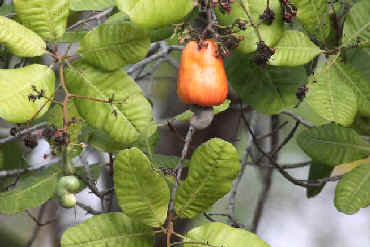
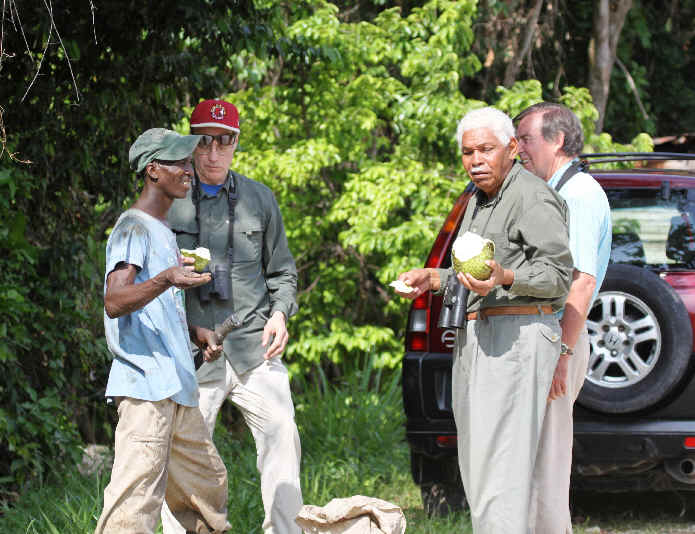
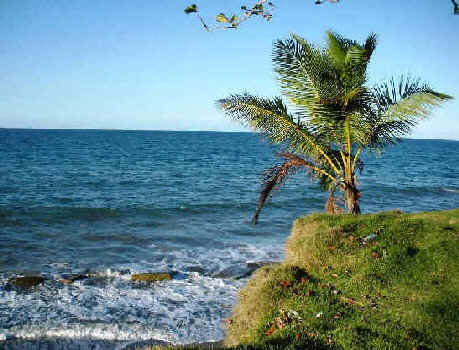
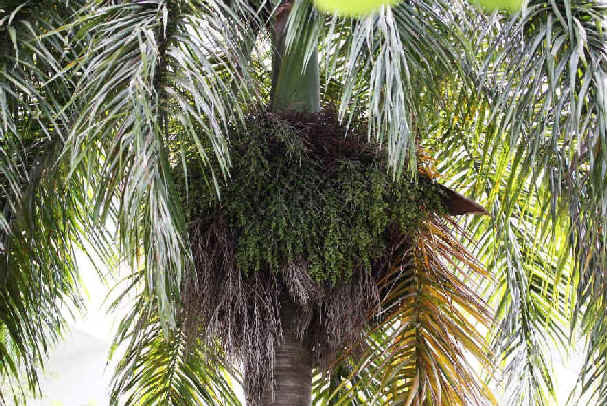


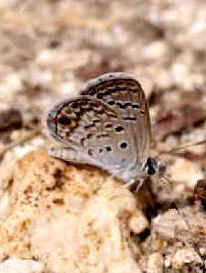


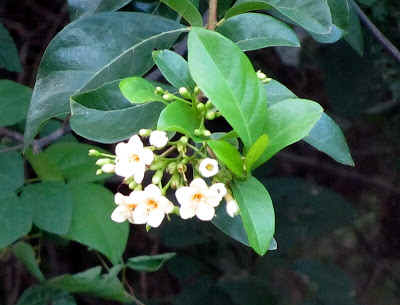
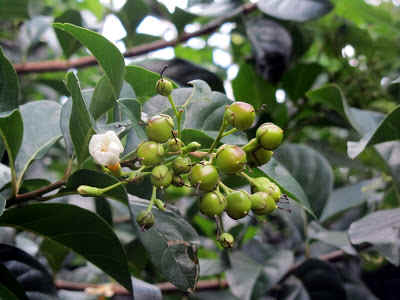
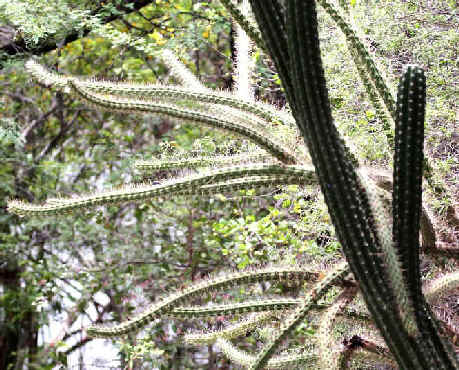
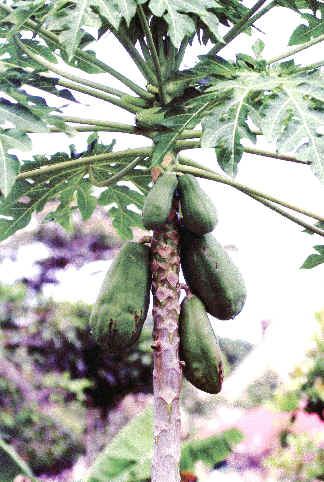
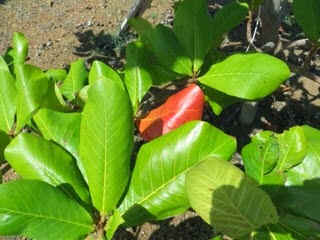
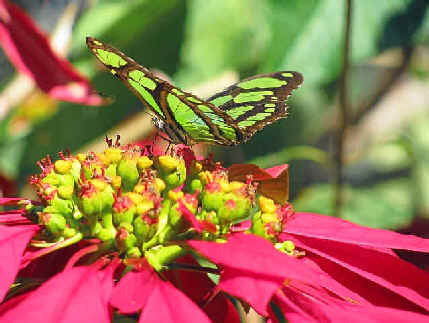
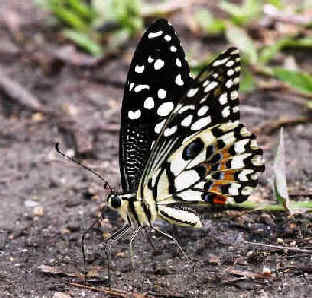
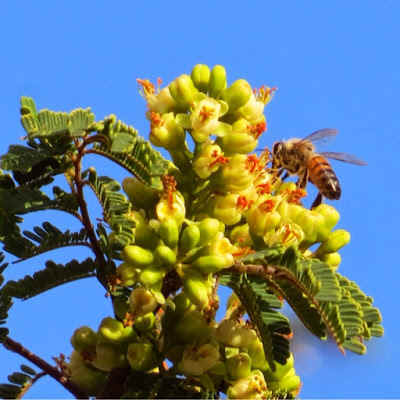
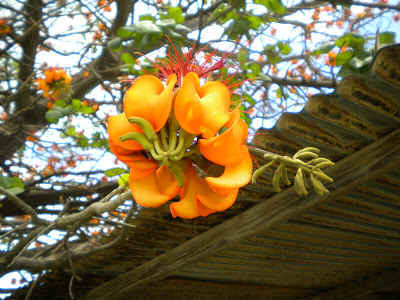
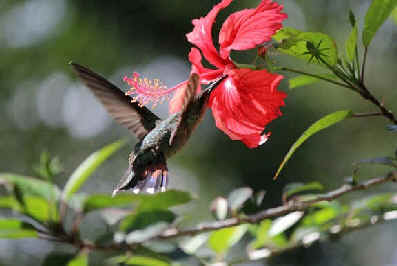
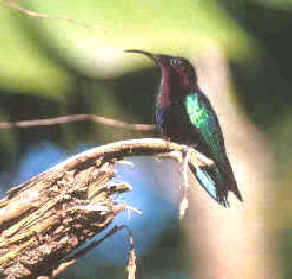
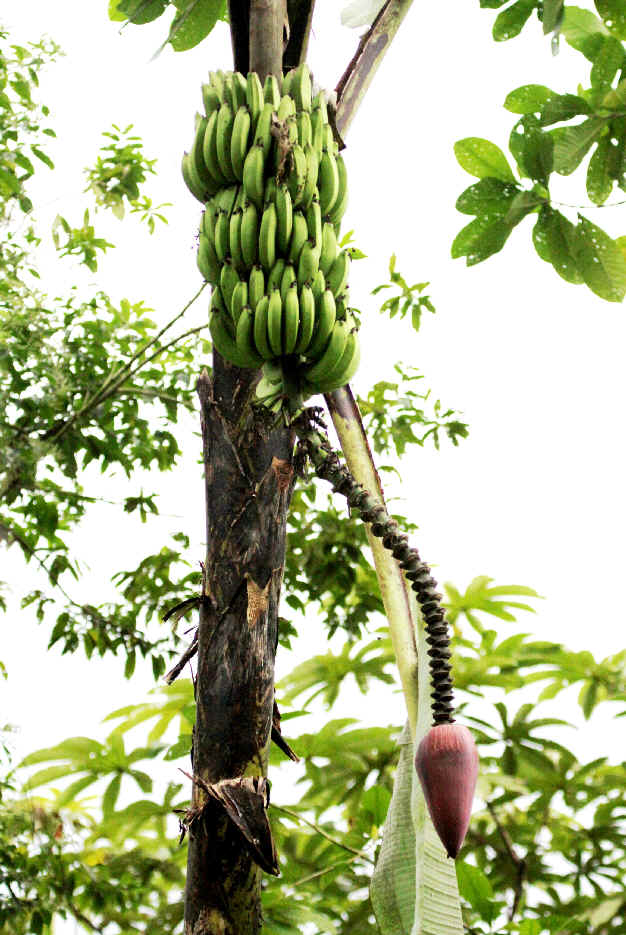
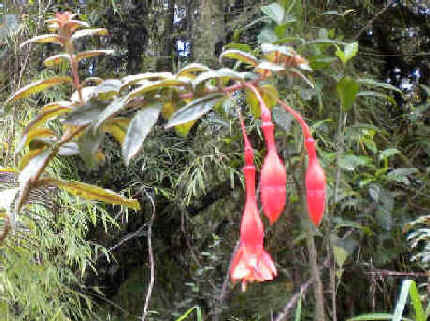
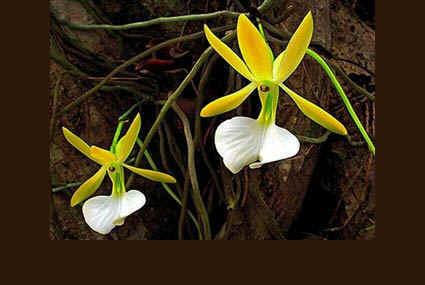
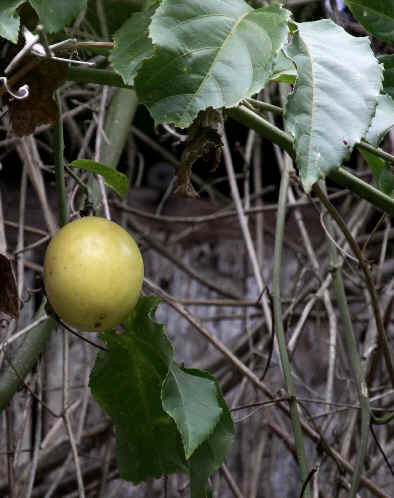
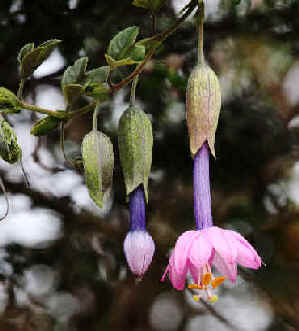
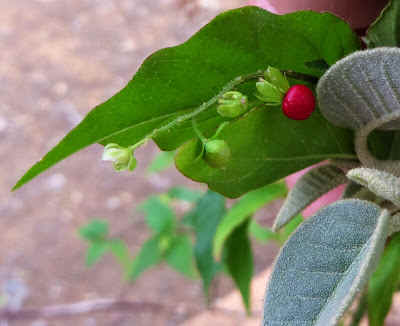
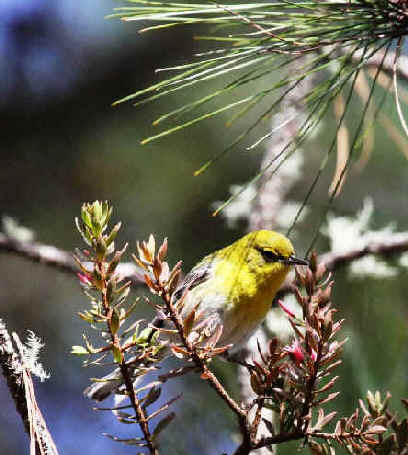
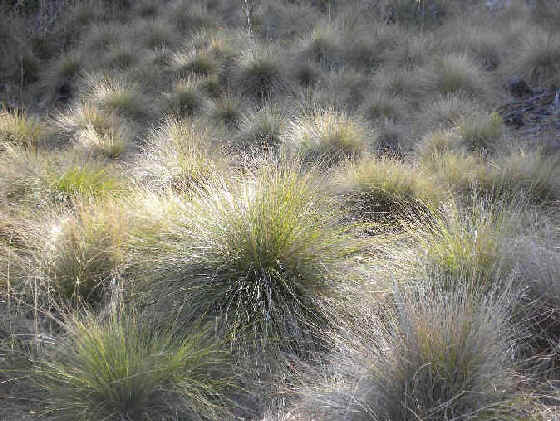
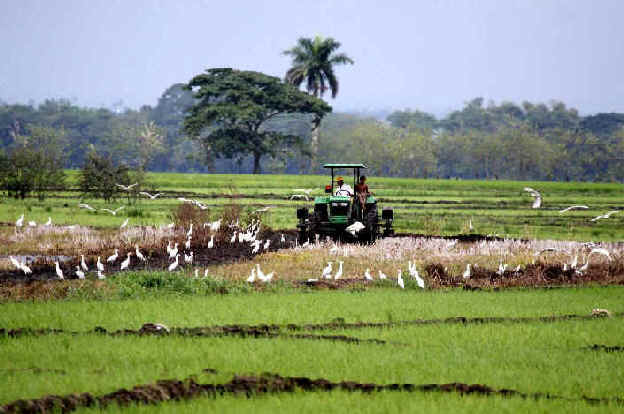

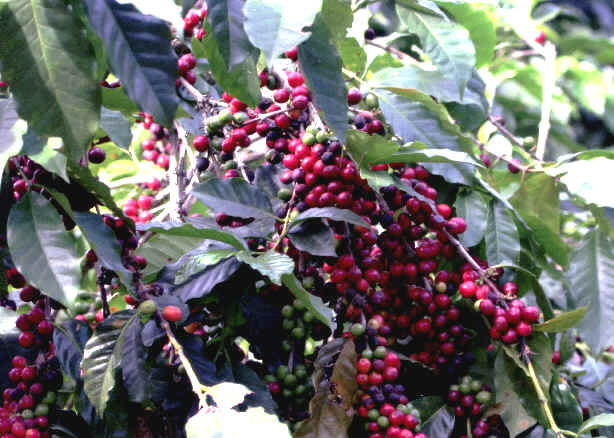
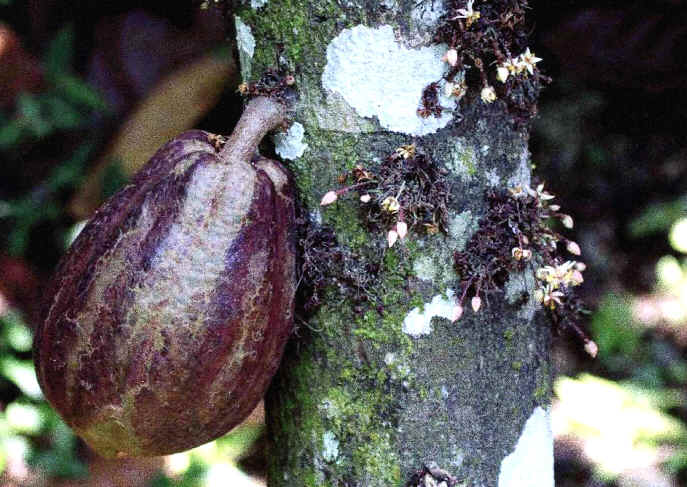
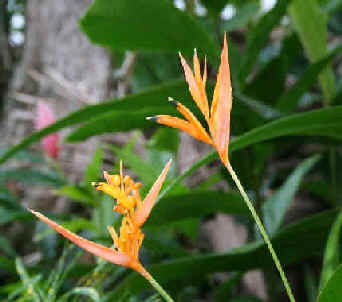
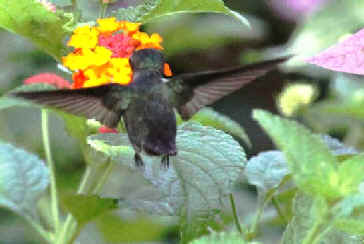
![]()